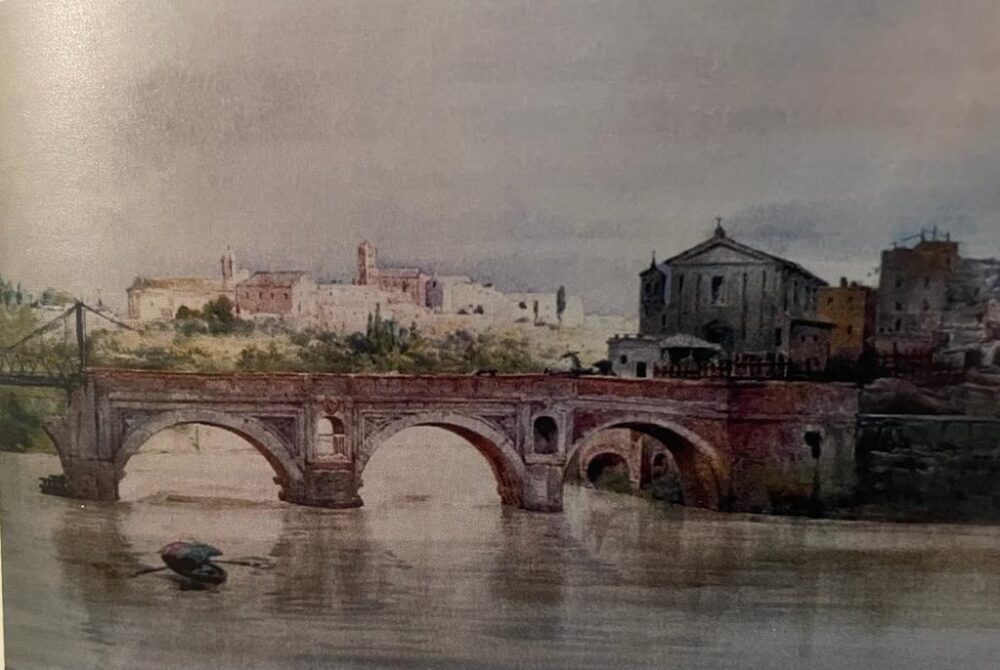Review Libro.it interviews the writer Francesco Roesler Franz, author of the book “La famiglia Roesler Franz e la Via Iniziatica”.
1) If you had to summarize in a few lines the meaning of your “The Roesler Franz family and the Initiatic Way”, what would you say?
This essay is not only the story of my family, but also a review of the history of art history in a symbolic key. Moreover, this book is certainly, as it was defined in London by the publishing house that checked the English translation, a fundamental piece of the history of European esotericism.
2) Where did the idea of writing this essay about your family and art linked to society come from?
All my research on my great-uncle Hector began with premonitions I had in 2007 about the Non-Catholic cemetery at the Pyramid, which I kept away from until December 2017, when, pressed by an incredulous person, I was forced to pull myself together and go and check. I paid homage to the two tombs side by side: that of John Keats and that of the painter and British consul in Rome Joseph Severn. I also looked at the back of the tombstone of the latter, where the surnames of those who had helped to erect it are written. When I got home I surfed the internet and learned that they were all top British and American personalities, the only Italians being Alessandro and Ettore Roesler Franz. So I wanted to delve into the figure of Severn and then I went on to analyse my ancestors, arriving in Prague in the 18th century.
3) What would you like readers to grasp from this essay?
What I am interested in letting readers know is that the history of art for some centuries from the Renaissance onwards is characterised by initiated artists, i.e. those who were aware of secrets that they hid in their paintings.
4) Is there anything you would have liked to add to the book when you read it after publication?
A couple of weeks ago I discovered, through acquired relatives from Livorno (who were governors, bankers and consuls abroad in the nineteenth century), that the relationship of close friendship, if not kinship, with Adriano Lemmi, whom I consider a genius, one of the minds behind the unification of Italy, is also clear and evident.
5) If you had to use three adjectives to define “The Roesler Franz family and the Via Iniziatica”, which ones would you use?
More than three adjectives, I would use a noun, i.e. I would use the word ring. This book is the missing link in the history and art history of eighteenth- and nineteenth-century Freemasonry in Rome, a period about which very little is known.
6) Is there a particular anecdote linked to your great-uncle that touches you deeply?
I am deeply touched by the words of Professor Federico Hermanin de Reichenfeld, who was an important museum director, who wrote: “Ettore Roesler Franz hated fine gestures and chatter. He was hard-working, loyal and good, he lived only for his art and loved to surround himself with simple things”.
7) What is Ettore Roesler Franz’s work that you love most and why?
My great-uncle Hector’s greatest greatness as an artist can be seen in three of his works, which belong to three different artistic currents to which he belonged. The first is the watercolour depicting Ponte Lupo of the Acqua Marcia aqueduct, a painting that he donated to the town of Tivoli when he received honorary citizenship. Among his paintings from the Vedutism period, this one is certainly at the top.
His second work is represented by some photographs he took of the Ghetto and Piazza Montanara, which represent the top of his realism or verism period of the second half of the 19th century.
Finally, among the paintings in Roma Sparita that are part of his Symbolist period, the best is the painting entitled Via del Campanile in Borgo, which is completely different from all his other paintings because it depicts a very elegant lady with an umbrella. The umbrella, however, serves as a reminder that the Pope’s executioner, Mastro Titta, lived in Via Campanile in Borgo. Therefore, underneath the elegance painted on the surface of the painting, there is a terrible esoteric meaning.
8) Why did you feel the need to know your origins and tell them in more than one book?
I think, in all humility, that it was not of my own volition, but that it was meant to be. After all, my mother, who was psychic, told me when I was a child that one day I would write the Roesler Franz saga. In disbelief, I burst out laughing in her face, but that time too she was right. Now I believe in predestination.
9) If Ettore Roesler Franz had lived in this historical period, what would he have said to you? What works would he have painted?
Who knows if, being an initiated painter with Rosicrucian ancestors, he would have painted roses and pelicans like Dalí?
